
Moving to Colorado: Living Near the Rockies
Apr 30, 2025 / Alyssa Duranty
Whether you’ve always been an outdoorsy person or you’re ready to become one, moving to Colorado could be the push you need to embrace the great outdoors. From startups to microbreweries and research institutes to powder skiing — there’s always something new to find in Colorado.
Newcomers should be ready for the mile-high elevation and seasonal monsoons in Colorado. But there are also gorgeous views, some of the best outdoor adventures and dog-friendly amenities everywhere you look.
Before you pack your bags and head there, check out our moving guide to learn about a few things you should know about Colorado before you go — and a few things you’ll want to know when you get there.
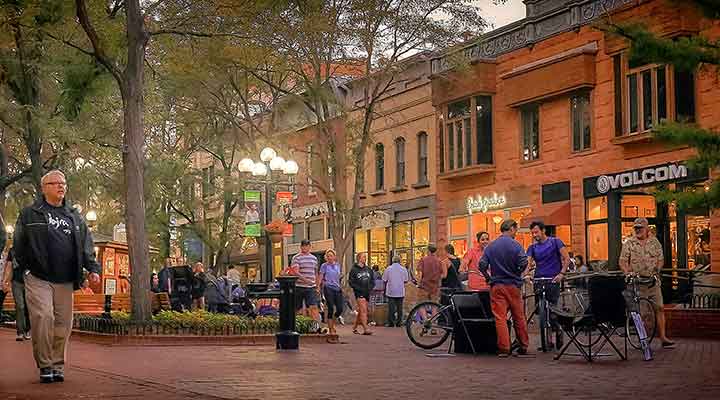
Image by Pedro Szekely
Where to Move in Colorado
There is more than one Colorado, if you ask the locals. In fact, there are three, distinct Colorados: the Front Range, the Western Slope and everything in between.
Living in Colorado’s Front Range
Nearly 5 million people live in the Front Range, where the Rockies end (or start) and the Great Plains roll uninterrupted to Kansas City. Most of the population lives in the Denver metro area — roughly Littleton to Fort Collins — but the range extends all the way from Pueblo, Colorado to Cheyenne, Wyoming.

Image by joiseyshowaa
Moving to Colorado’s Western Slope
The Western Slope is where the Rockies smooth out into the high desert basin of the Colorado Plateau. The biggest town, Grand Junction (population 58,566), sits at the confluence of the Colorado and Gunnison rivers, which go on to carve the canyons of Utah and Arizona. If ranching and farming are your thing, or mountain biking and whitewater boating, the Western Slope is the place to be.
Where to Live in the Colorado Rockies
Jammed and jumbled between the Front Range and the Western Slope are the San Juans, Sawatch, Sangres, Gore, Elks — aka the Colorado Rockies. Nestled within them are all the towns people think of when they hear the word Colorado: Telluride, Vail, Aspen. Each little Colorado town is its own world with its own character, and the farther you get from I-70 and I-25, the more character you’ll find.
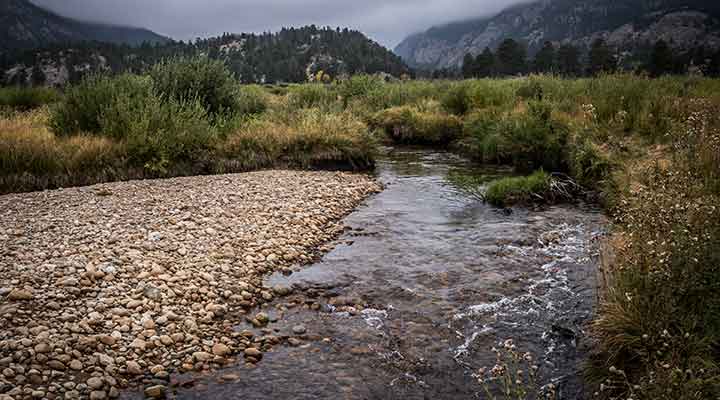
Image by mark byzewski
Colorado Climate: High, Dry and Gorgeous
Colorado’s mile-high (and higher) elevation can make for a very different climate than most people are used to. If you’re from anywhere outside the Mountain West, you’re in for a treat.
What to Expect in Colorado’s Climate
If you’re used to Chicago-style winters, January in Colorado will be a treat. The dry air makes the winter sun wonderfully warm. When it snows, the sun comes out, the world glitters and the snow goes away. Because the sun is so warm, they don’t even salt the roads in Colorado. Winter without a rusty car— imagine that!
Summer Is Colorado Monsoon Season
Starting in June, muggy air flows up from the Gulf of California into the Southwest. When it hits the Rockies, boom! Thunderstorms build nearly every afternoon in the mountains and most days on the plains as well. If you’re headed out for a hike, take rain gear and be prepared for a downpour. On the plus side, the clouds usually break before sunset, sometimes with a rainbow.
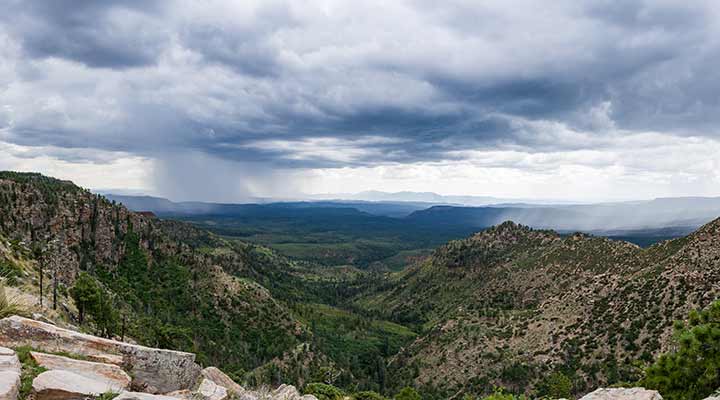
Colorado’s Elevation May Boost Your Health
Colorado is a hiking paradise, and you’re sure to hit the trails. No matter which trailhead you choose, you’re going to be exercising at a high altitude. The state’s lowest point is the Arkansas River at 3,315 feet, which is still more than half a mile high. A high altitude means less oxygen, which forces your body to make more red blood cells. You won’t really notice it unless you visit sea level. The lower you go, the more your new, super-charged cardiovascular system will make you feel like a superhero.
Things to Do in Colorado
Even when you’re stuck in traffic on I-25, there’s adventure in the air. Just look west and there it is, some of the wildest terrain in the lower 48, just waiting to be explored.
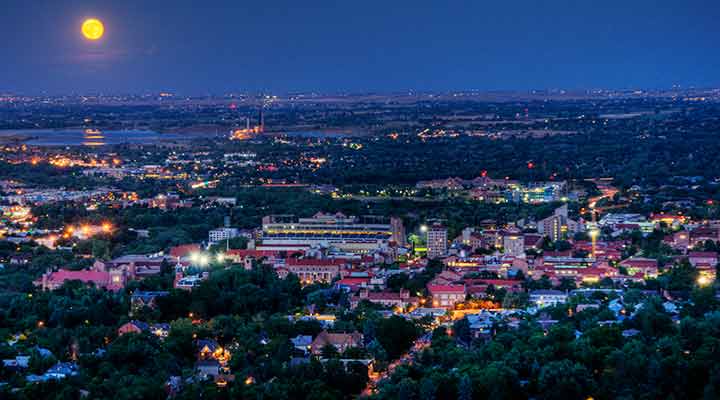
Image by Yuya Sekiguchi
Exercising is the Norm in Colorado
Mountain bike racing, skiing, ultra-marathoning — it seems like everyone in Colorado is training for something. It’s probably due to the combination of the terrain, the altitude and the vibe. Locals are always within three hours of the world’s best climbing, skiing and cycling adventures. That alone is enough to attract elite athletes from all over the world. The altitude makes training here even more effective. That’s why the U.S. Olympic Training Center is in Colorado Springs and why the whole state has a “just do it”; culture. Colorado is sure to inspire you to get outside and be active.
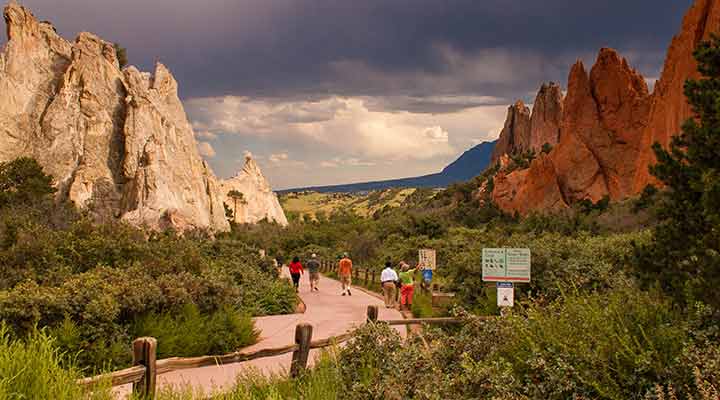
Image by Brandon Saterwhite
Colorado Locals Love Dogs
Life on this planet doesn’t get much better than being a well-loved Colorado dog. Parks, trails and city sidewalks are all pooch-friendly. The Colorado Rockies baseball team hosts Bark at the Park, an annual game at which dogs get to walk the warning track. The love for dogs runs deep within most of the Colorado communities, as businesses everywhere leave out a bowl of water for furry friends. Match.com even ranked Colorado the most dog-loving state.
Best Breweries in Colorado
It all started when the Boulder Beer Company shipped its first bottles of porter, stout and ESB back in 1979. Today, there are breweries in every corner of the state. Denver brewers alone serve up 200 unique micro-drafts every day. If you want to make sure there will be fresh craft beer for your move-in party, you can find the closest brewery at the Colorado Brewery List.

Image by daveynin
Best Ski Resorts in Colorado: Five Local Legends
You don’t need us to tell you Colorado has some of the world’s best skiing and snowboarding. Once you get settled and are tired of standing in long lift lines, visit some of the best ski resorts in Colorado that tourists usually miss.
• Loveland Pass: Loveland and Arapahoe Basin: You’ll save yourself an hour of driving, avoid lift lines and have two great areas to choose from.
• Ski Cooper — Leadville: Small, family-friendly and wonderfully natural snow makes Ski Cooper an excellent choice, especially if you’re relatively new to the sport or have kids in your group.

Image by Mia & Steve Mestdagh
• Silverton Mountain — Silverton: If Ski Cooper has a dark-hearted twin, it’s Silverton Mountain: one chairlift, a helicopter and 22,000 acres of beyond black diamond, backcountry skiing.
• Wolf Creek Ski Area — Wolf Creek Pass: There’s no quaint village, no time shares and not much to buy at Wolf Creek Pass except a lift ticket to pure skiing and boarding.
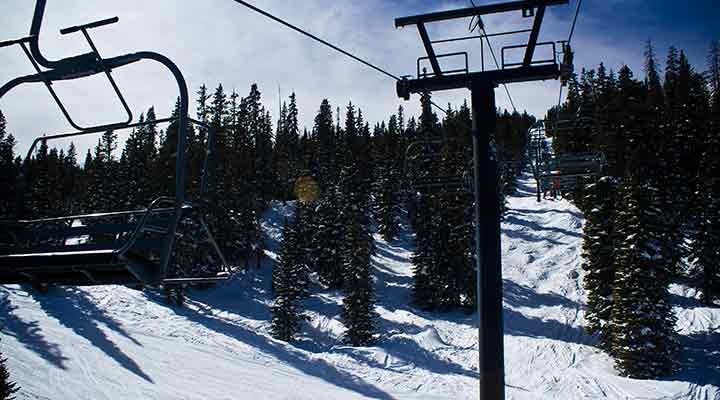
Image by Will Keightley
• Crested Butte: Up a canyon on the other side of the mountains from Aspen, Crested Butte is the destination for folks who like cliffs, chutes, and jumps. Despite the tough terrain, the mountain and the people in town are super-friendly.
Now you know all there is to know about living in Colorado. If relocating to the Rockies requires moving to a new state, then you’ll want to read this blog post to prepare.
If you need storage during your move, then read on to get some ideas and stay organized. Making the move with roommates, this guide will help you stay organized and a smooth transition.






